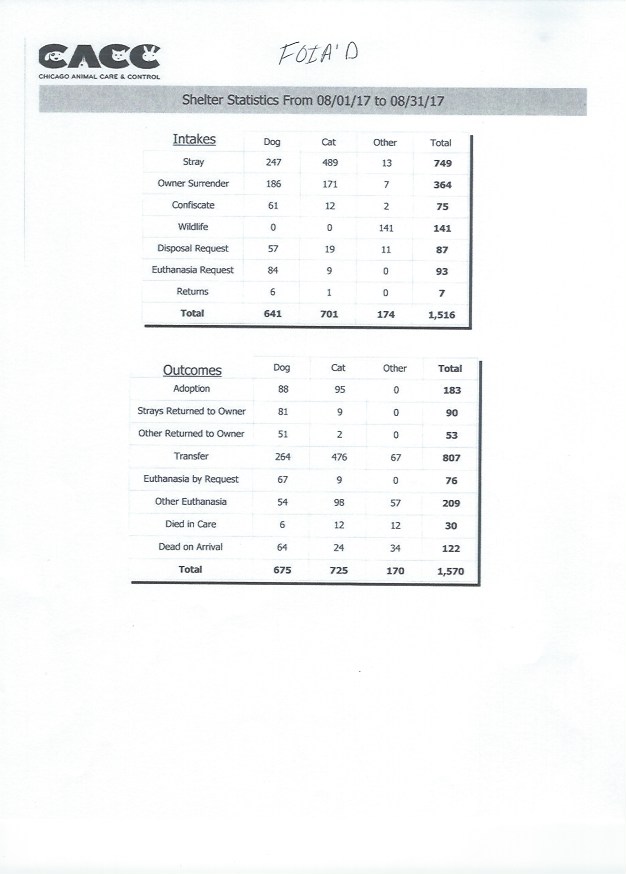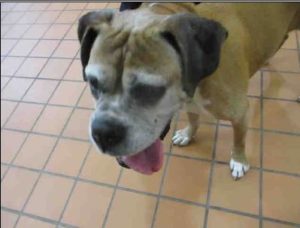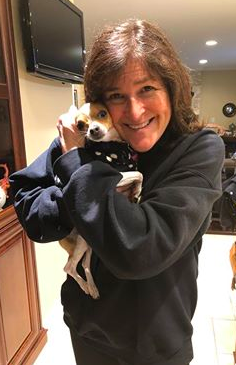
We adopted Pixxie from a foster just under three months ago.
I leashed my two girls up on their harnesses and went to meet a friend to walk. Pixxie wasn’t used to walking on a leash when we got her.
We were heading home after a half hour, and I went to switch the leash to my other hand, and dropped it! Pixxie froze, but naturally my reaction was to step on the leash, in case she took off into the street! Well, I had a plastic bag holder attached to the leash, and sure enough that is where I stepped, causing me to roll on it and fumble! This was enough to scare her off, and there she went, across the street, and passed a neighbor who attempted to grab her. She just kept running!!!
This neighborhood has no fences, so she could have been anywhere. I headed in with Elle, and walked for a half hour. I called Susan, the director of LDI, as I became numb, and she made some calls for help: Volunteer Sarah posted her as lost on LDI, Lisa, her daughter and her Beagle came to walk the area, and Jen and Julie came to get flyers posted for me!
Meanwhile, my daughter and my husband took off and walked the neighborhood, letting everyone know to call if they saw her. Glad it was a Sunday.
About 30 minutes later, I got the call from my daughter. She heard a man talking. “Are you mad at me?” She went to see what was going on, and he was talking to Pixxie through his door. She had gone onto his front porch, as it was covered an partially enclosed. He was talking; she was growling…
We are so thankful she was found so fast, and for everyone jumping to help right away. What a great community!
I know now, to take that extra precaution when walking Pixxie. You never know what can set them off to run! It was a very very long hour with a lot of emotions!
Jeanette, LDI Volunteer

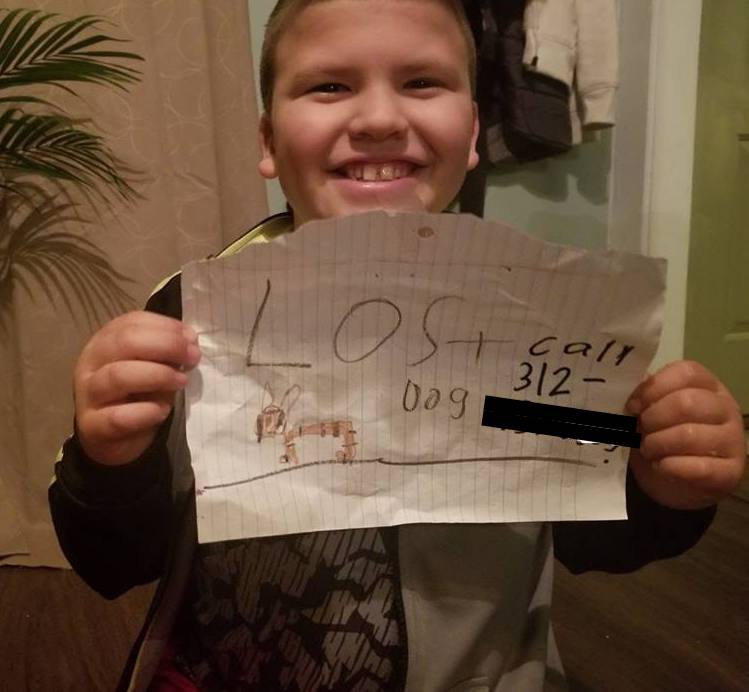
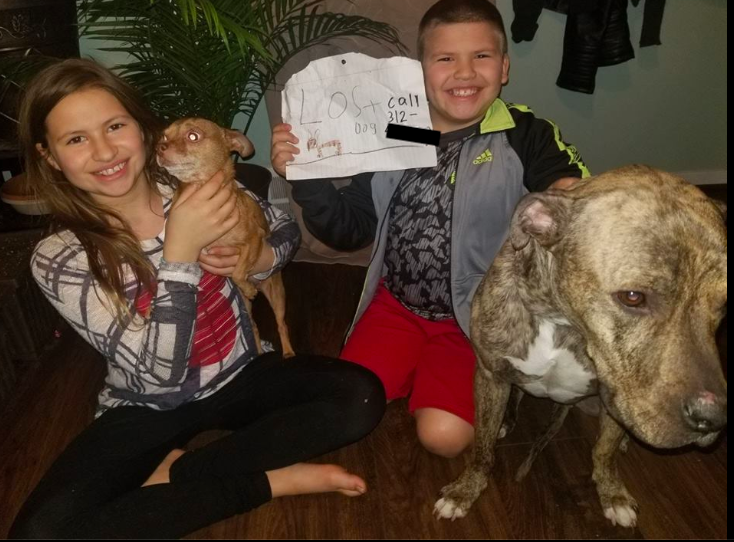
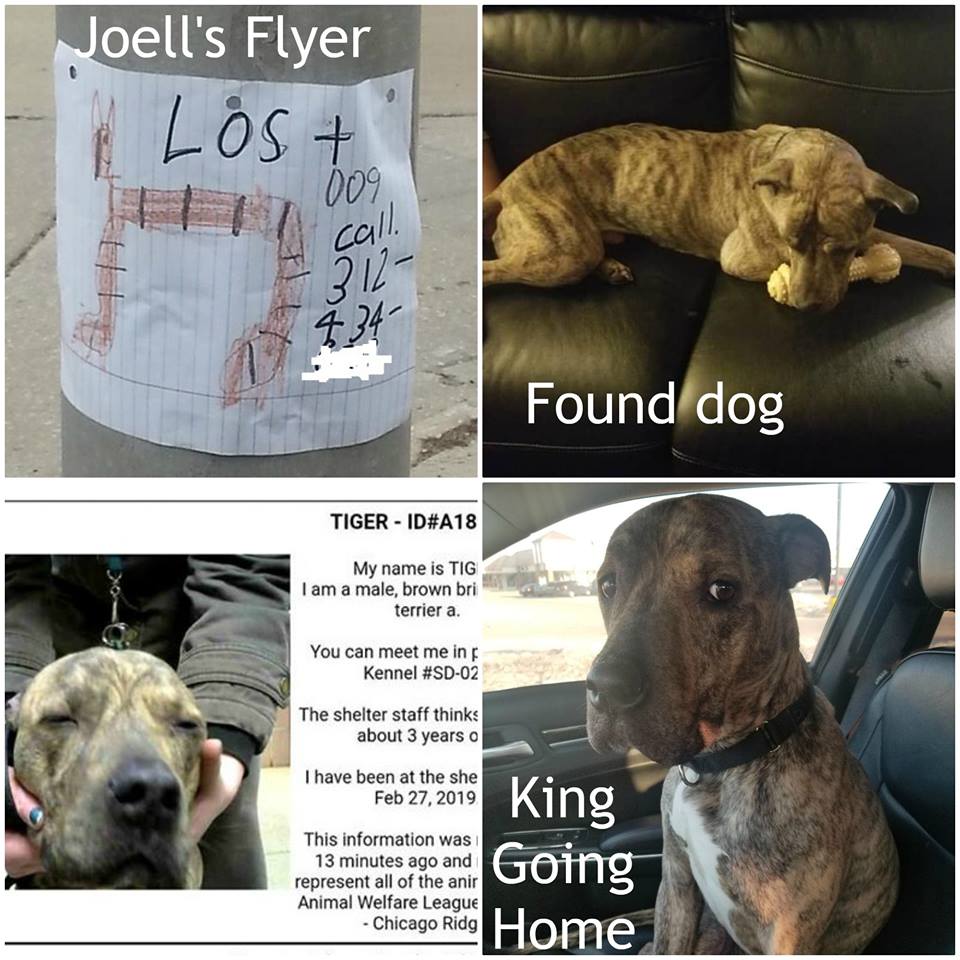
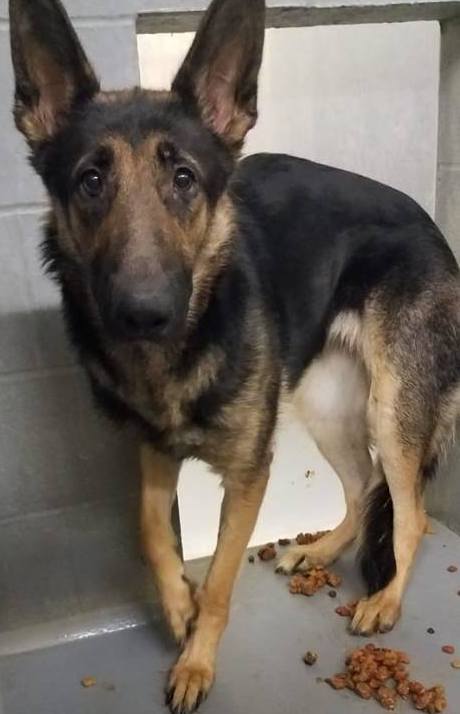
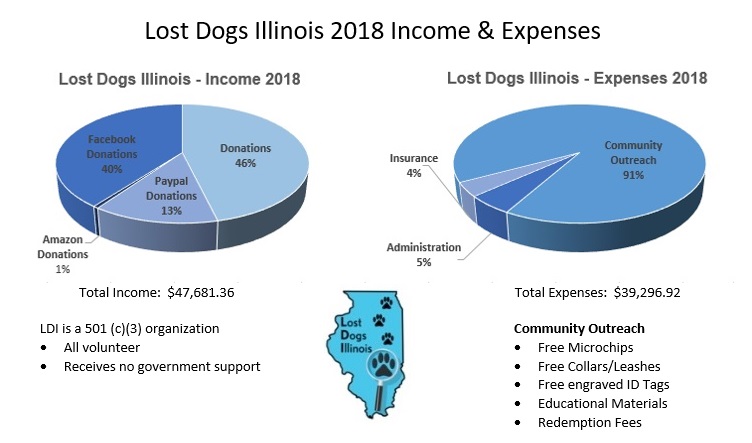
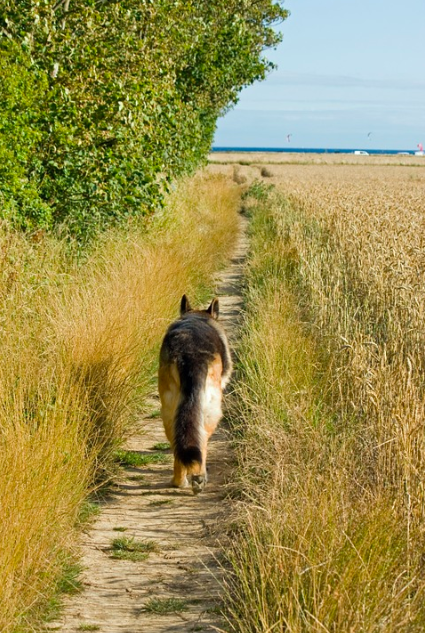
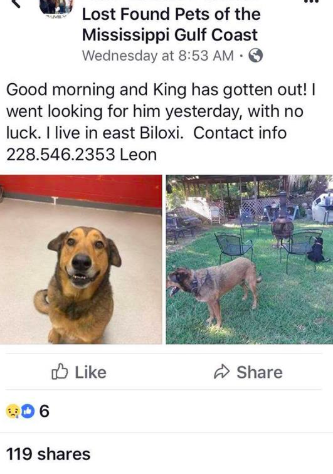
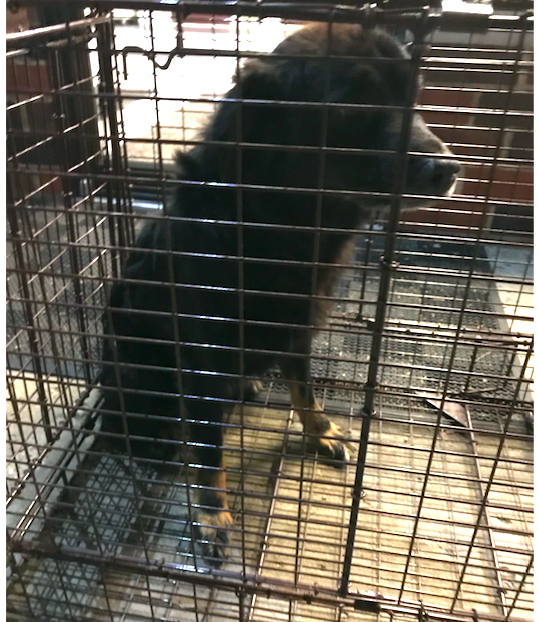 Ebony is a rescue dog with Placing Paws Rescue, where I am a volunteer. She was adopted out and escaped from her new owners house less than a week after being adopted. I live close by, and as soon as she went missing me and other Placing Paws volunteers were out. We put up flyers like crazy, fielded sightings, walked for miles talking to people, feeding stations were set up with cameras.
Ebony is a rescue dog with Placing Paws Rescue, where I am a volunteer. She was adopted out and escaped from her new owners house less than a week after being adopted. I live close by, and as soon as she went missing me and other Placing Paws volunteers were out. We put up flyers like crazy, fielded sightings, walked for miles talking to people, feeding stations were set up with cameras.




